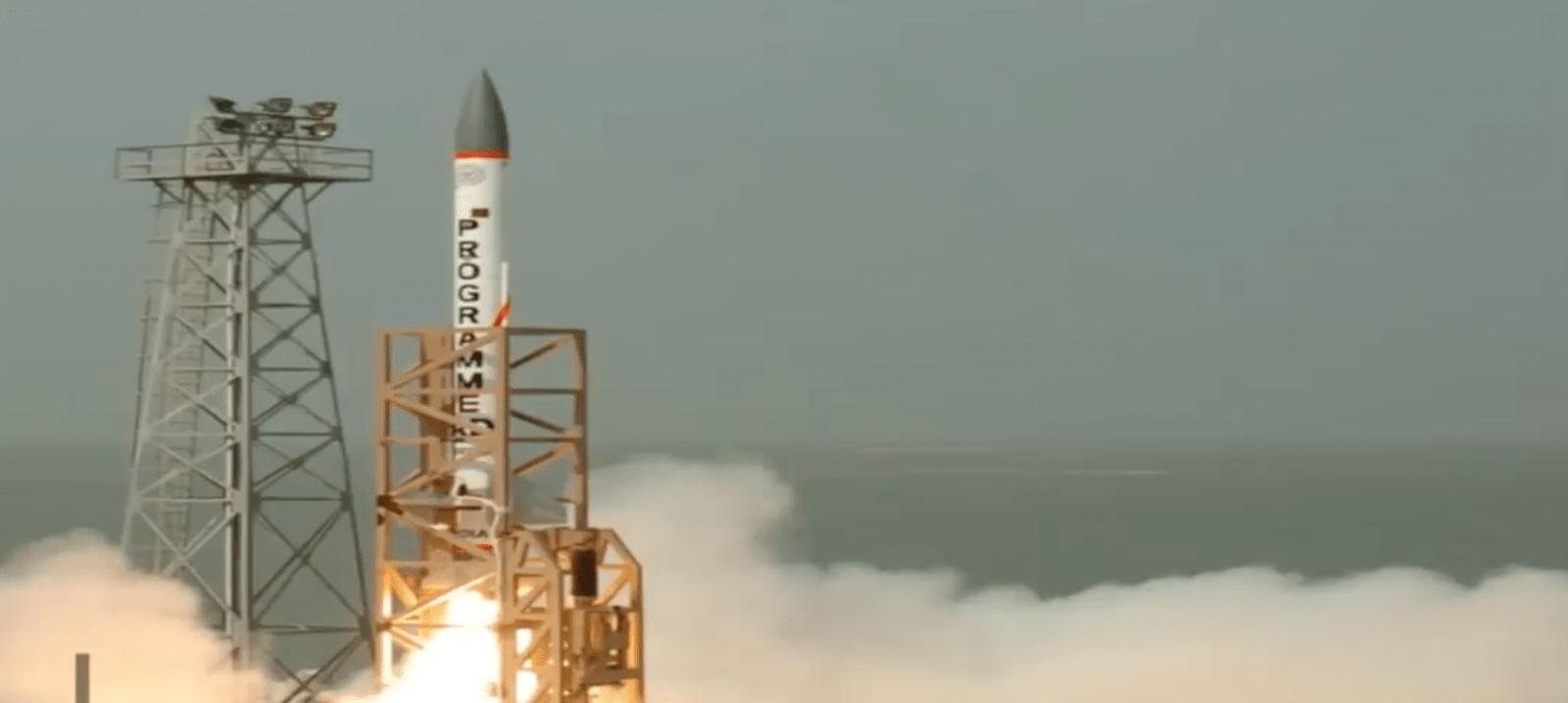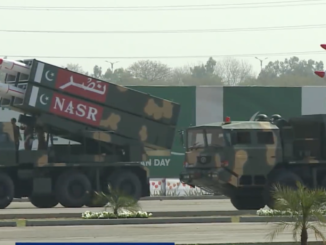 Politics with an opportune, proportionate, precise and unequivocal resolve represents the continuous face of nuclear signalling within the Indo-Pak rivalry. As has been evident, strategic restraint is so far being ingeniously and perpetually reinstated to redefine the archetypal connectivity between politics and war. It does, however, reassert the proclivity of a paradox. Lowering the nuclear threshold towards one’s redlines represents a gradual upward gradience of threat. Penetrating through the inherent blurriness of fluid and whirled debates in arms control and disarmament regime to establish fear, honour and interest (Robert E. Osgood) is calculated but mutually fatal. Deterrence is made ever more relevant in a setting of nationalist predominance particularly in India. On the other hand, Indian force posture driven through deterrence while skilfully synchronizing the four components of national power; the diplomatic, economic, conventional and nuclear ability allowed by a hypocritic environment of international order cannot be taken dismissively.
Politics with an opportune, proportionate, precise and unequivocal resolve represents the continuous face of nuclear signalling within the Indo-Pak rivalry. As has been evident, strategic restraint is so far being ingeniously and perpetually reinstated to redefine the archetypal connectivity between politics and war. It does, however, reassert the proclivity of a paradox. Lowering the nuclear threshold towards one’s redlines represents a gradual upward gradience of threat. Penetrating through the inherent blurriness of fluid and whirled debates in arms control and disarmament regime to establish fear, honour and interest (Robert E. Osgood) is calculated but mutually fatal. Deterrence is made ever more relevant in a setting of nationalist predominance particularly in India. On the other hand, Indian force posture driven through deterrence while skilfully synchronizing the four components of national power; the diplomatic, economic, conventional and nuclear ability allowed by a hypocritic environment of international order cannot be taken dismissively.
Bharatiya Janata Party’s (BJP) manifesto of 2014 in relation to India’s nuclear doctrine was raised initially by India’s Strategic Force Command (ISF). It urged India’s stated nuclear doctrine of No First Use (NFU) to change and emphasized massive retaliation. Rather than having a flexible and limited nuclear response and looking for counter-force instead of counter-value targets reaffirms the Indian wish of twining the battle of nerves by the arms of death. The caveated description of surgical strikes and attacks on non-state base points while breaching the sovereign geographical identity of the state of Pakistan, as demonstrated in February 2019 by India, has certainly enhanced an uncertain security environment. “In taking aim at each one of its doctrinal pillars, albeit in language that is caveated and cautious, Menon is indicating that the Indian nuclear doctrine should not be taken for granted, whether by Pakistan or China.” Such a warning espoused along with a doctrinal shift is fraught with serious risks but does it really aspire any trust or confidence? Can the threat of targeting Pakistan’s nuclear weapon’s program in an act of pre-emption be presumed as a false promise? Is a consequent aggressive and competitive conventional and nuclear arms build-up by both India and Pakistan more reassuring?
The recently promulgated Joint Doctrine for the Indian Armed Forces (JDIAF) to fully address the growing Chinese threat in cyber and information warfare, also apparently suggests “a written national security strategy document that would help to outline the primary tenets of a ‘comprehensive defence strategy’ by India.” The doctrine categorically indicates the Indian decision of dealing cross border threats with surgical strikes. Akin to the Doctrine for the Armed Forces of the United States (JP-1), the JDIAF elaborates on the basic fundamentals of power and excellence in war-fighting across the full spectrum of conflict closely knit into a triad. Both the JDIAF and LWD are coercive and are aimed at deterring Pakistan. India believes that the conventional options for military ‘counter terrorism’ against Pakistan are limited, so the adoption of ‘Deterrence through Punishment’ rather than ‘Deterrence through Denial’ is more viable in order to maintain the notions of ambiguity, uncertainty, short and swift yet lethal and intense, precise and non-linear, unrestricted and hybrid. The JDIAF represents the operational integration of the three armed services. Publicly presented in April 2017, the JDIAF-2017, is the second edition of the doctrine meant to expanding India’s overseas operations. The JDIAF may also lead to a nuclear disaster owing to its ambiguity on “the first-use or no first use of nuclear weapons”. Similarly, the LWD promulgated in the latter half of December 2018, offers an insight into Indian strategic thinking and the dominant logic that drives Indian posturing and behaviour towards Pakistan.
Both the JDIAF and LWD have the potential to transform into adventurism at any time. Already the presence of security dilemma, conventional asymmetries, the conventional and strategic arms race between these countries, gaps in defence production, offensive and defensive nuclear capabilities and the non-existence of arms control and threat reduction measures (TRMs) between India and Pakistan have increased the threat of conflict escalation or even initiating conflict among regional powers.
John J. Mearsheimer in the Tragedy of Great Power Politics maintains that states are not satisfied with a given amount of power but seek hegemony for security. Similarly, Carl von Clausewitz, also linked tactics to a wider objective and ultimately, of course strategy to policy. Operations, intelligence, technology management, human resources development, operational logistics whether conventional or nuclear, diplomacy and politics all bear ample testimony that the character of conflict is changing. The trends are new for the strategic equilibrium, however, throwing challenges and opportunities at the same time for both India and Pakistan. At Pulwama, Pakistan clearly exposed India’s long-held myth of conventional superiority. At the same time, it does urge Pakistan to rethink on non-contact warfare abilities. To resuscitate the debate on nuclear thresholds and the uncertainty it generates is equally orchestrated. Understanding of both these doctrines in view of the recent episode of escalations have almost brought the thresholds of nuclear exchange at their lowest. Nonetheless, the political nature of war/conflict and use of military force remain predominant which would keep the Indian nuclear behaviour dangerous particularly under the radical Hindutva mindset.




Be the first to comment